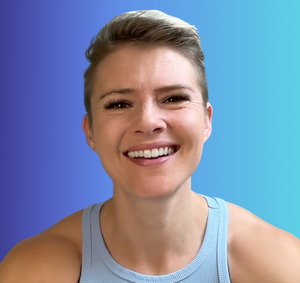According to Abraham Hicks, there are 22 levels of emotion, ranked on the emotional guidance scale (sometimes referred to as the emotional vibration scale) as follows, from the highest state to the lowest:
- Joy, appreciation, empowerment and love
- Passion
- Enthusiasm and happiness
- Positive expectation or belief
- Optimism
- Hopefulness
- Contentment
- Boredom
- Pessimism
- Frustration, irritation and impatience
- Feeling overwhelmed
- Disappointment
- Doubt
- Worry
- Blame
- Discouragement
- Anger
- Revenge
- Hatred and rage
- Jealousy
- Insecurity, guilt and unworthiness
- Fear, grief, desperation, despair and powerlessness
The emotional guidance scale: how it works
At any given time, you can be placed somewhere on this scale. Every emotion below number 7 isn’t a fun place to hang out. Feelings of boredom, pessimism, doubt, worry and the rest can spiral, sending you down the scale into desperation and despair. Hitting rock bottom isn't the plan.
Consistently hang out above 7, however, and life starts to get really good. What would it feel like to always be in a state of joy, appreciation and empowerment? How much more would you get done, how much better would your relationships be, how much happier would you feel?
The problem is, always being above a 7 can feel unrealistic. We are human, after all. Having moments of worry, anger and fear is totally normal. But we still don’t want to stay with those emotions for longer than required.
Key to sliding up the scale is interrupting thought patterns by making interventions and aiming to go up a few places at a time rather than jumping straight to the top.
Someone feeling insecure (21) could be coerced up to doubt (13) with a few deep breaths and a walk outside. From doubt they could start to journal and find hope (6), having a conversation with a friend that leads to optimism (5) and even enthusiasm (3) with the right topics. Once they are there, it’s not that much effort to find gratitude and joy (1) and be in a far better place for the rest of the day.
The next time you catch yourself with a low-level emotion, find it on the scale. Search for one a few places higher and see if you can get there.









